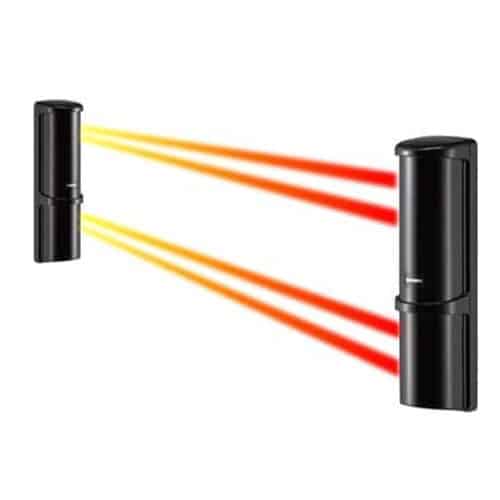If you’re in charge of securing a property, you already know that perimeter security is your first line of defence. But how do you pick the right system? Do you go with something high-tech or keep it simple? How much is too much when it comes to cost? And most importantly—will it keep out the threats you’re worried about?
Let’s examine the real factors that matter when choosing perimeter protection. There will be no jargon or fluff—just straight talk on what works, what doesn’t, and how to make the best decision for your site.
Factors to Consider When Selecting Perimeter Security
Before throwing money at fences, cameras, or sensors, ask yourself these questions:
- What are you protecting? A warehouse, a car dealership, a construction site? Each needs a different approach.
- Who or what is the threat? Opportunistic thieves, organised criminals, vandals? The right system depends on who you’re up against.
- How much security do you need? Are you stopping casual intruders or preventing full-scale break-ins?
- What are the access points? Every weak spot, from gaps in fencing to poorly lit areas, is an entry point.
- How much can you realistically spend? You don’t need the most expensive system—you need the one that works for your risk level.
If you can’t answer these yet, start here before moving forward. Security is about strategy, not just spending.
Comparing Different Perimeter Protection Solutions
Not all security systems are built the same. Here’s a quick comparison of what’s out there:
1. Physical Barriers (Fences, Walls, Bollards)
Pros:
- Creates a clear boundary
- It acts as a deterrent
- It can be cost-effective for large sites
Cons:
- Can be breached if not reinforced
- It doesn’t stop determined intruders
Best for: Keeping casual trespassers out and slowing down serious threats.
2. CCTV & Remote Monitoring
Pros:
- It gives you visual evidence of any intrusion
- Can be monitored in real-time
- It pairs well with other security measures
Cons:
- I won’t physically stop anyone
- It needs proper positioning and maintenance
Best for: Sites that need surveillance but also have other security layers.
3. Motion Sensors & Intruder Detection
Pros:
- Alerts you to movement
- Can trigger alarms or notify security teams
- Works well with CCTV
Cons:
- It can trigger false alarms if not set up properly
- Needs integration with a response plan
Best for: High-risk sites needing instant alerts when someone crosses the perimeter.
4. Security Lighting
Pros:
- Makes trespassing high-risk
- It works as a deterrent
- Affordable and easy to install
Cons:
- Won’t physically stop intruders
- It can be bypassed if not strategically placed
Best for: Areas where visibility is key, like car parks and construction sites.
5. Manned Guarding & Mobile Patrols
Pros:
- Immediate human response
- It acts as a strong deterrent
- Can adapt to different threats
Cons:
- High cost for 24/7 coverage
- Requires well-trained personnel
Best for: High-value sites or areas with a history of break-ins.
Cost vs. Security: Finding the Right Balance
Let’s get real—budget matters. The trick isn’t spending the most but spending wisely. Here’s how to balance security and cost:
- Start with the basics: Fencing + CCTV + lighting is a solid, cost-effective combo for most sites.
- Layer up as needed: High-risk sites should add motion sensors or manned patrols.
- Don’t overspend on tech you won’t use: Fancy biometric scanners sound great, but if they’re overkill for your risk level, it’s wasted money.
- Factor in long-term costs: Cheap systems with high maintenance fees will cost more in the long run than solid mid-range options.
Working with Security Providers and Installers
A sound security system is only as good as those setting it up. When choosing a provider, look for:
- Proven experience: Have they worked with businesses like yours before?
- Accreditations & compliance: Do SSAIB, NSI, or SIA approve them?
- Custom solutions: If they offer a “one-size-fits-all” package, walk away.
- After-sales support: Security is an ongoing game—ensure they’re available when needed.
Final Thoughts
Choosing the right perimeter protection system involves understanding your site’s risks and applying the right mix of solutions. Fences, cameras, lights, sensors, and guards play a role, but the key is using them in a way that makes sense for your specific security needs.Don’t just buy security—build a system that works.

